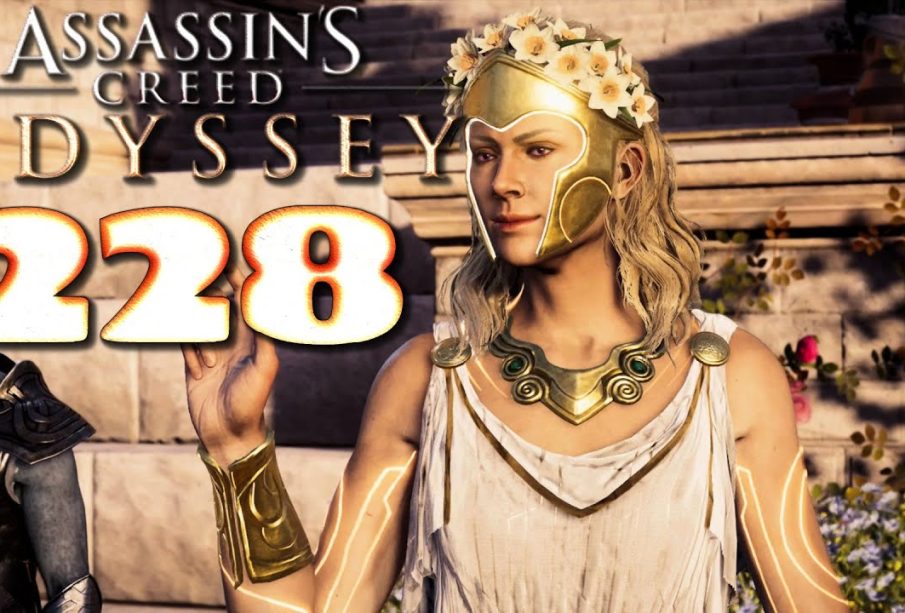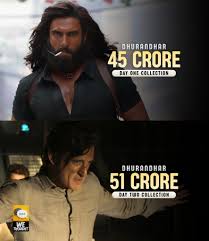The Evolution and Significance of Assassins in Modern Media

Introduction
The portrayal of assassins in media has grown increasingly complex and multifaceted over the decades, evolving from stereotypical archetypes to richly developed characters that reflect societal themes. This topic is significant not only for its entertainment value but also for the cultural commentary it provides, allowing audiences to explore morality, justice, and the human psyche.
The Historical Context
The concept of the assassin dates back to ancient history, notably highlighted by groups like the Hashshashin in the Middle East during the 11th century. Their methods and clandestine operations laid the groundwork for the modern interpretation of assassins in literature and film. The term has since been popularised and romanticised through various works, from Shakespeare’s characters to modern video game protagonists.
Modern Representations
In contemporary media, assassins are depicted in various forms across films, television shows, and video games. Notable films like the ‘John Wick’ series and ‘Kill Bill’ showcase highly skilled assassins driven by personal vendettas or complex moral codes. In video games, characters such as Ezio Auditore from the ‘Assassin’s Creed’ series provide players with a blend of historical fiction and ethical dilemmas, often forcing them to question the motives behind their actions.
Societal Commentary
The significance of the assassin archetype transcends mere entertainment; these characters often act as a lens through which society examines deeper issues such as revenge, honour, and the cost of violence. The popularity of assassin characters frequently suggests a societal fascination with the darker aspects of human nature and the perceived need for vigilante justice.
Feminine Assassins
Moreover, the rise of female assassins highlights a shift in the representation of gender roles within this trope. Characters such as Nikita from the series ‘Nikita’ and Lisbeth Salander from ‘The Girl with the Dragon Tattoo’ challenge traditional gender expectations, showcasing women as powerful and capable within these roles. This evolution signifies a necessary progression in storytelling that empowers diverse narratives.
Conclusion
As we continue to witness the evolution of assassin characters in modern media, their significance becomes increasingly evident. These figures are not merely cold-blooded killers; they represent complex narratives that challenge our understanding of morality and justice. Looking forward, it is likely that we will see an even greater diversity in the portrayal of assassins, reflecting the multifaceted nature of humanity and the ongoing dialogue around ethics and violence in society. This cultural phenomenon not only entertains but provokes thought, encouraging audiences to engage with the critical questions surrounding the nature of revenge and justice.








